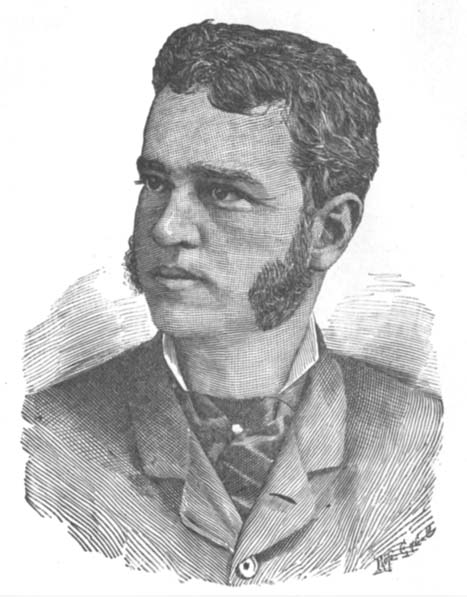 Railroad Pass to Albert H. Sewell signed by William K. Vanderbilt - 1878 dated Autograph
Railroad Pass to Albert H. Sewell signed by William K. Vanderbilt - 1878 dated Autograph
Inv# AU1801
Autograph
Railroad pass issued to Supreme Court Justice, Albert H. Sewell signed by William K. Vanderbilt.

William Kissam Vanderbilt I (December 12, 1849 – July 22, 1920) was an American heir, businessman, philanthropist, and horse breeder. Born in New Dorp, New York, on Staten Island, he was the third of eight children born to Maria Louisa Kissam and William Henry Vanderbilt. His father was the eldest son of Commodore Cornelius Vanderbilt, a wealthy and influential figure in American history.
William Kissam Vanderbilt I inherited his father's substantial fortune of $55 million (equivalent to about $1.8 billion today) upon his father's death in 1885. He managed the family's extensive railroad investments and played a significant role in the business world. One of his notable contributions was in 1879, when he took over P. T. Barnum's Great Roman Hippodrome, which was situated on railroad property by Madison Square Park. He renamed the facility Madison Square Garden, a name that has since become iconic in American sports and entertainment history.

Justice Albert H. Sewell was born on October 30, 1847, in Hamden, Delaware County, New York. He graduated from Walton Academy in 1867 and studied at Union College for a year before joining Cornell University as part of its inaugural class in 1868. Sewell earned his degrees from Cornell University in 1871 and from Albany Law School in 1873. Admitted to the bar the same year, he began practicing law in Walton, NY, and Sidney Center. In 1878, Sewell served as a Member of Assembly from Delaware County. He continued to practice law until he was elected as County Judge and Surrogate for Delaware County in 1889, a role he held for ten years. In 1899, he was appointed by Governor Theodore Roosevelt to the Supreme Court for the Sixth Judicial District and confirmed in that year's election. Sewell served on the Appellate Division, Second Department from 1900 to 1901. After returning to trial work, Sewell was designated by the Governor to serve on extraordinary terms. In 1907, he was reappointed to the Appellate Division, this time for the Third Department by Governor Hughes, and served until 1912 and again in 1917 when he reached the mandatory retirement age. Sewell continued to serve as an official Referee until 1924.
The Pittsburgh and Lake Erie Railroad (P&LE), known as the "Little Giant", was established on May 11, 1875. Its headquarters were located in Pittsburgh, Pennsylvania. The railroad primarily connected Pittsburgh in the east with Youngstown, Ohio, and extended to Connellsville, Pennsylvania in the west. It did not reach Lake Erie at Ashtabula, Ohio until Conrail's formation in 1976. The P&LE earned its nickname, "Little Giant," due to its impressive tonnage relative to its route mileage. Although it operated only a tiny fraction of the nation's railroad mileage, it handled about 1% of the nation's freight tonnage. This efficiency was due to its service to the steel mills of the greater Pittsburgh area, which required and shipped enormous quantities of materials. The railroad was highly specialized, deriving much of its revenue from transporting coal, coke, iron ore, limestone, and steel. The decline of the steel industry in the region contributed to the end of P&LE's operations as an independent entity. The railroad ceased independent operations in 1992, and its assets were absorbed into larger rail systems.










Ebay ID: labarre_galleries